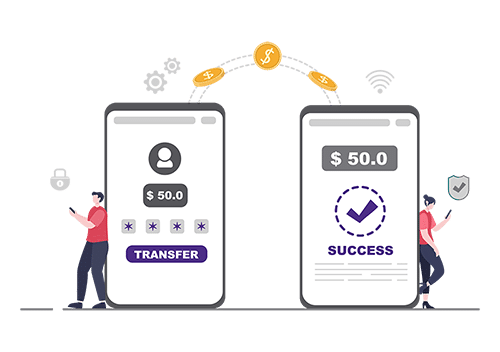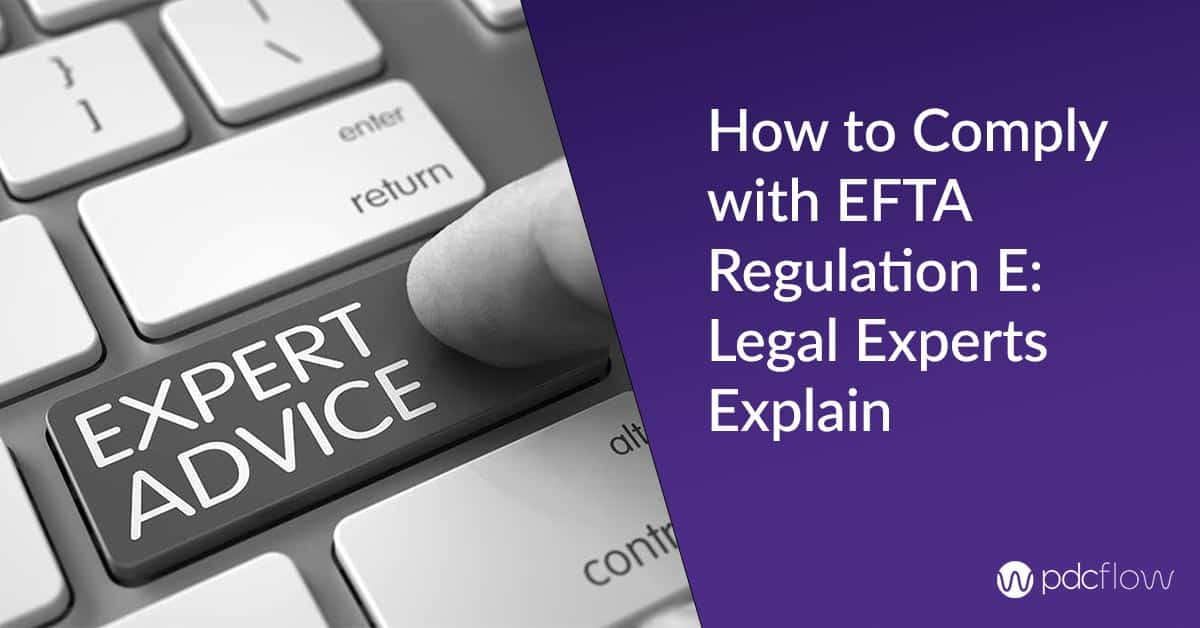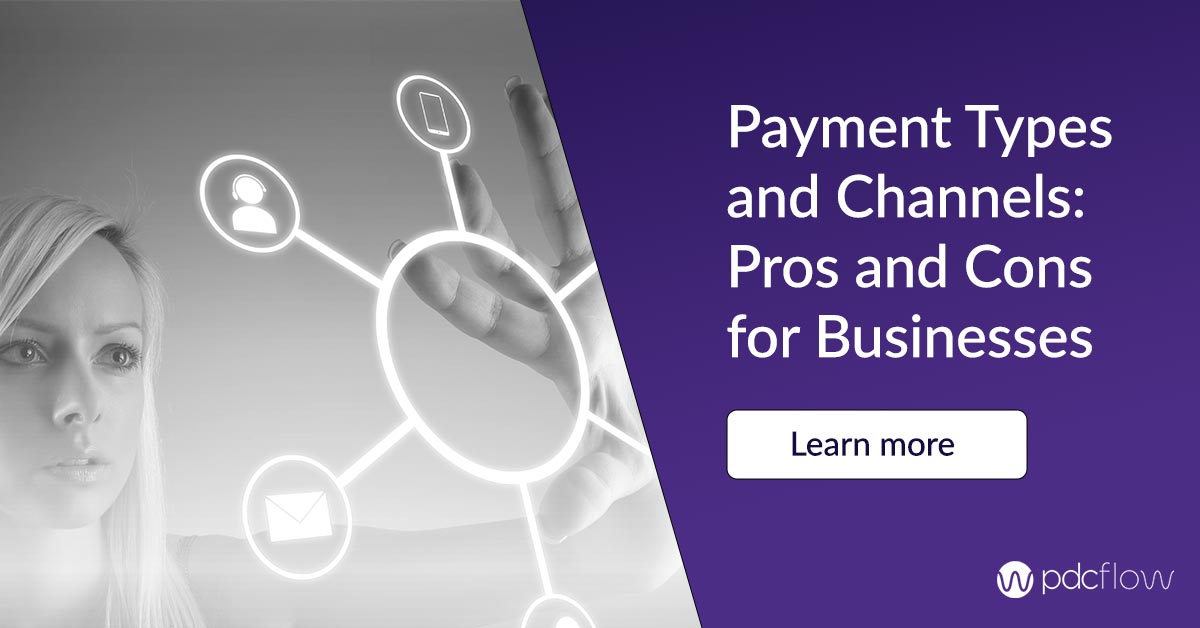Consumer habits are hard to change. Think about when you first were introduced to online banking or online shopping. Were you hesitant? Now, these actions are commonplace.
Just like online shopping, electronic signatures have become standard for payment authorizations, loan contracts and medical documents.
Companies can take customer communication preferences into account, gather esignatures through a text or email, and still comply with Regulation E (with the proper software in place).
What is Regulation E?
Regulation E is a rule that has been in existence since 1978, when the law was passed by Congress and signed by Jimmy Carter. The regulation establishes the rights and liabilities of consumers as well as businesses involved in electronic funds transfer activities.
So why, several decades after it was signed, has it become such an important and frequently discussed regulation?
CFPB Issues Recent Compliance Bulletin
The recent involvement of the Consumer Financial Protection Bureau (CFPB) has brought Regulation E and the Electronic Funds Transfer Act back into the spotlight.
When the Bureau launched its Regulation E tool in 2013, it broke down the regulation, making it easier for consumers to understand.
The CFPB also issued a Compliance Bulletin in November of 2015, which outlines the requirements for consumer consent and how electronic signatures can be used to obtain payment authorizations.
Why the CFPB issued this compliance bulletin:
- To remind those that process electronic payments, like financial institutions and businesses, of their obligations under the EFTA's Regulation E while obtaining payment authorizations from consumers.
- The CFPB observed that many institutions and businesses were not compliant with these regulations and may be uncertain of their obligations. The bureau wanted to provide clarity and explain the overlap between Regulation E and the Electronic Signatures in Global and National Commerce Act (E-Sign Act).
- To summarize the current law, highlight relevant findings, and clearly define the CFPB's expectations for obtaining consumer bank account and debit card authorizations.
What is Covered Under Reg E?
Regulation E is part of the EFTA. So what do you need to know about Regulation E?
- The regulation was put in place to protect consumers who make payments via electronic transfer.
- EFTs are any transfer of funds processed via these means:
- Electronic terminal
- Telephone
- Computer
- Magnetic tape for the purpose of authorizing a debit or credit from their account.
- The CFPB is authorized to enforce adherence to the regulation.
- Recurring payments are considered a pre-authorized electronic transfer and fall under Regulation E.
Preauthorized payments are:
- Money moved through electronic means
- The transfers are authorized in advance of being moved
- They are recurring or repeated
- At regular intervals
Requirements for Pre Authorized Payments from Consumer Accounts
In order for businesses to take funds from a consumer's account on a regular basis, it needs to follow these steps. The bank account or debit card transaction:
- Must be authorized by signature or similarly authenticated by the consumer.
- Must provide a copy of the authorization to the consumer.
- The copy can be paper form or an electronic signature. Either way, to satisfy Regulation E the authorization must be identifiable as the consumer, and provide evidence of the consumer's identity and consent to take the payment.
- The preauthorized recurring ACH or debit card payment must be clear and easily understandable to the consumer.
- Must provide a copy of the authorization to the consumer which includes the terms of the payment schedule. For instance: what dates the payments will be processed from the consumer's account and the amount of each of those scheduled payments.
Preauthorized payments require:
1. Authentication of the customer.
2. A copy of the authorization must be provided to the customer either in paper or electronic form.
3. The business can show evidence of the customer's consent.
Legal Wet Signatures and Regulation E
Many companies need signed documentation for payment authorizations, contracts, or other official paperwork. For these documents to be legally valid, they require a legal wet signature.
“Wet” in a wet signature refers to the ink used on a traditional paper document. In recent years, though, companies have created digital signature tools that allow for a legal wet signature without paper and pen.
These tools, like PDCflow’s Flow Technology, make it simple to comply with Regulation E by obtaining legal esignature authorizations for one-time and recurring payments through email or text message.
PDCflow Offers a Regulation E Solution
Flow Technology is an easy, efficient, compliant option to obtain electronic signatures.
A Flow smart request proves the consumer’s identity with dual authentication and geo location tracking. Along with these proofs:
- A signature is completed using a touch device (like a smartphone or tablet screen) or via a mouse on a desktop computer, fulfilling Regulation E requirements.
- Flow Technology also provides the ability to send documents, like the terms of a recurring payment schedule with the proper authorization language. Consumers can sign the schedule, return it to you in minutes, and have a copy sent to them for future reference.
- With cloud storage for up to seven years, a consumer or business can pull a full audit report detailing the document signed.
For more information on how PDCflow fulfills Regulation E and other compliance requirements, streamlines workflows and simplifies how you manage payments for your business, talk to a PDCflow payment expert today.






